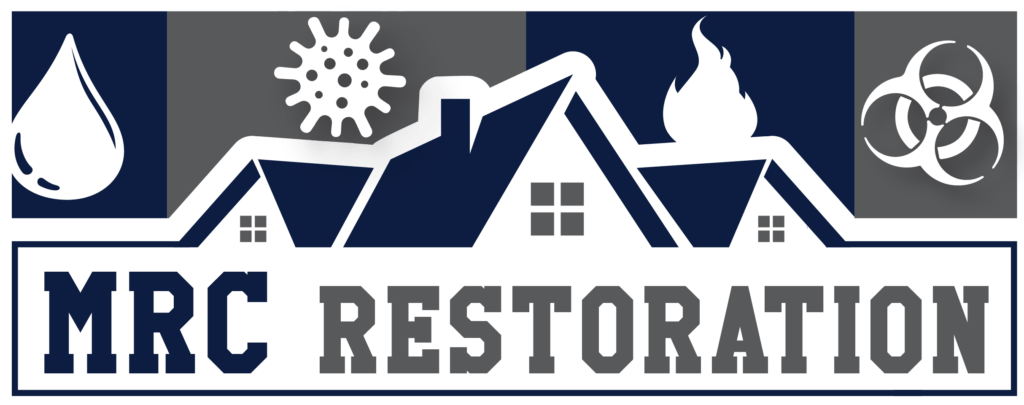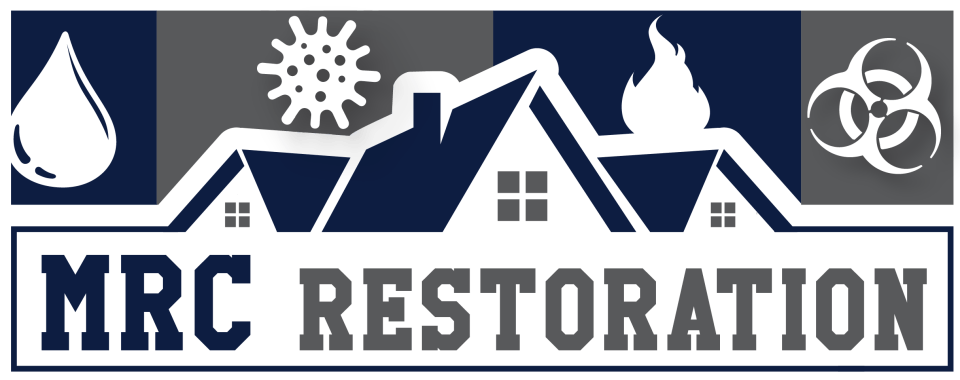Call the Trusted Local Leader Today!
What is Grey Water?
What is Grey(Category 2) Water Explained.
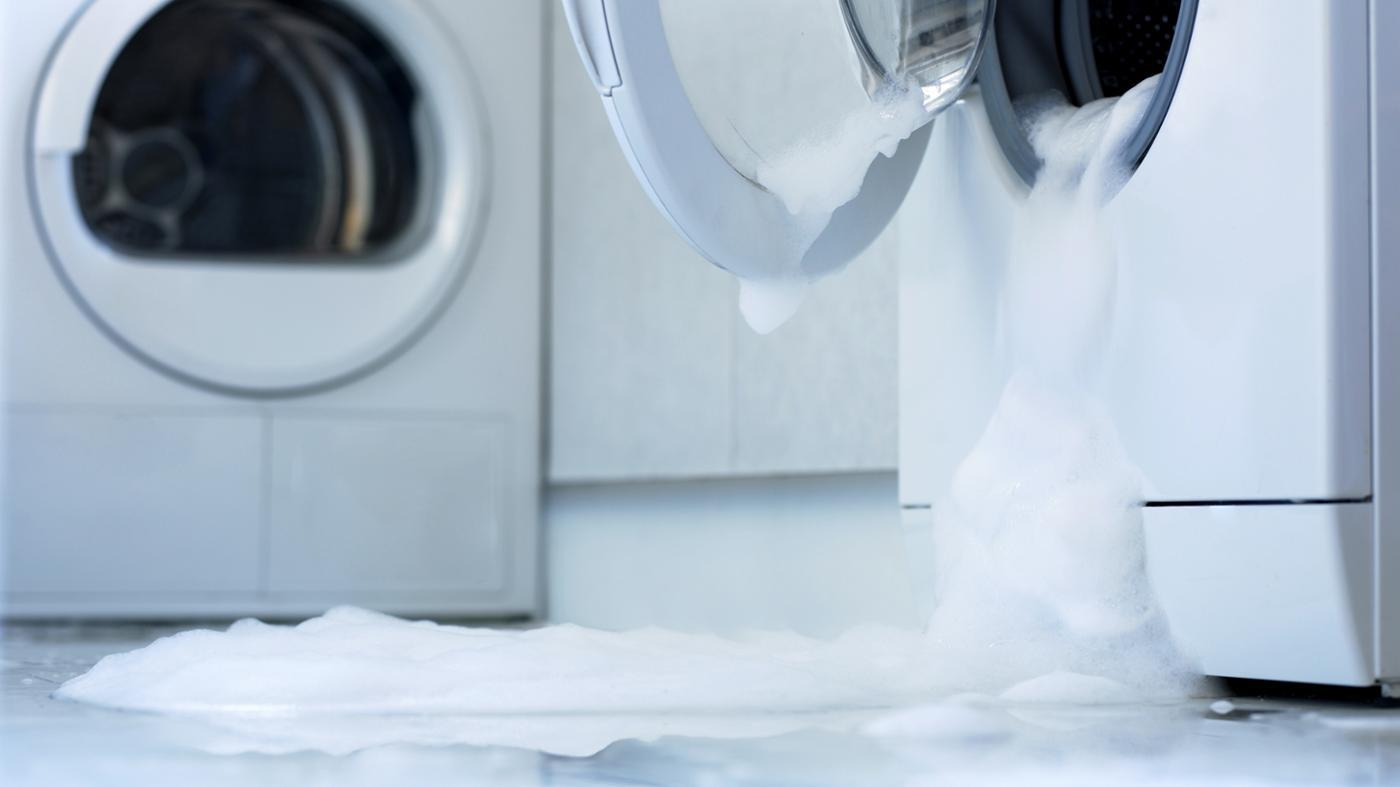
Water damage is one of the most challenging emergencies a homeowner can face. If you experience flooding, it's important to know how to respond quickly to prevent further damage. Water damage can come from multiple sources, so using specific procedures to minimize loss is essential.
At MRC Restoration, our professionals are familiar with the risks associated with water damage to your home. Learn more about where Category 2 water damage comes from and what you can do to keep your property and family safe with the following information.
Understanding the different levels of contamination in water damage
There are three main categories of contaminated water, according to the Institute of Inspection Cleaning and Restoration Certification (IICRC). These categories are based on:
• The source of the water damage
• The length of exposure to the structure
• The likelihood of harmful chemicals or contaminants that may be present
It's important to understand which category of contaminated water you're dealing with so that you can take the appropriate steps to recover from the water damage.
What is Category 2 Water?
Category 2 water is water that may contain some amount of contamination that could be harmful to humans and animals. The most common sources of Category 2 water damage include toilet bowls containing urine, water from a dishwasher or washing machine, and sump pump failure.
What are the risks of Category 2 Water?
Category 2 water may contain harmful chemicals or bacteria that could cause serious illness if ingested. Substances like soap particles, oils, grease, food residue, bleach, hair and dead skin cells can all contribute to the contamination of Category 2 water. If left untreated, gray water can quickly turn into Category 3 water, which is extremely dangerous and can lead to death.
How to Clean Category 2 Water?
Flooding can cause a lot of damage, and every water damage issue is unique. This means that the process of cleaning up Category 2 water after a flood will vary. However, there are certain guidelines that may be useful for mitigating damage. These guidelines may include the following:
-The EPA and IICRC recommend that you remove all standing water as soon as possible. This will help to prevent further damage and mold growth.
-You should also remove all wet items from the affected area. This includes carpeting, furniture, and anything else that may be soaked.
-You will need to dry the affected area as much as possible. This can be done with fans, dehumidifiers, or by opening windows and doors.
-Once the area is dry, you can begin cleaning and disinfecting surfaces.
Following these guidelines may help to minimize damage after a flood.
Category 2 water damage can cause extensive, long-term damage to your home if not treated immediately, so it's always best to leave the cleaning process to the professionals. MRC Restoration is an experienced restoration company that specializes in residential water damage services that adhere to IICRC standards. Our team is available 24/7 every day of the year to help get your home back to normal as quickly as possible. Contact us today to learn more about our services.
You might also like
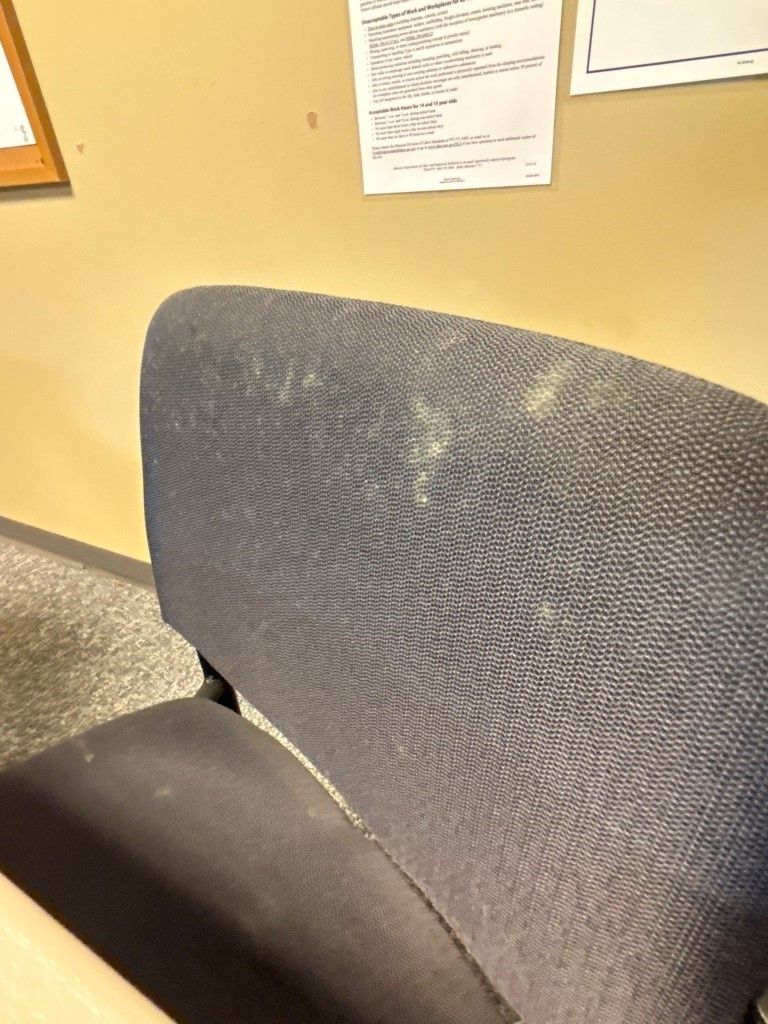
Book a Service Today
We will get back to you as soon as possible
Please try again later
MRC Restoration Provides Peace of Mind, in Uncertain Times.
When tough times hit, it's natural to feel overwhelmed. At MRC Restoration, we're here to support you through every step of the journey. We collaborate with your family to evaluate the situation, craft a personalized strategy, and execute it with precision, restoring your home or business to its former glory.
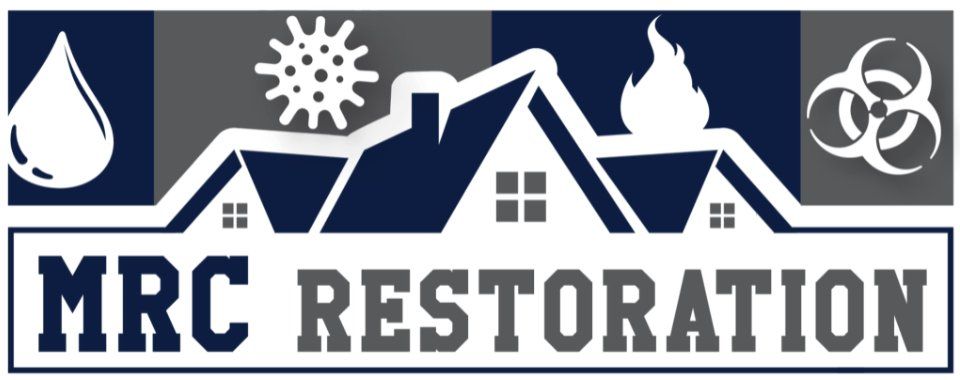
For Both Residential & Commercial Water cleanup, Fire and Smoke Damage Repair & Mold Remediation Services, Call the Trusted Local Leader Today for Your Evaluation!
Service Area
Services
Hours
Friday - Open 24 hours
Saturday: Open 24 hours
Sunday: Open 24 hours
Monday: Open 24 hours
Tuesday: Open 24 hours
Wednesday: Open 24 hours
Thursday: Open 24 hours
All Rights Reserved | MRC Restoration
Website Design by: Big Stream Media
